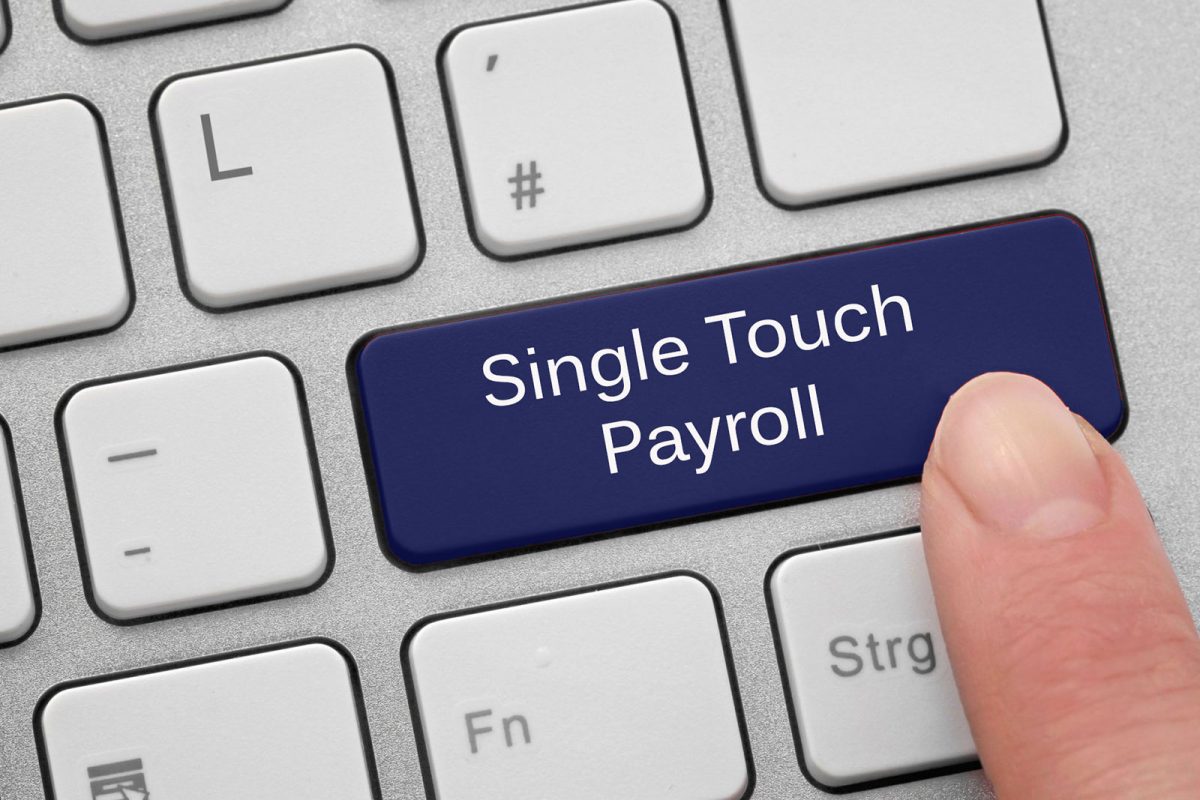Single Touch Payroll Phase 2 Expansion is Nearly Here

The expanded Single Touch Payroll (STP) Phase 2 is due to start on 1 January 2022. However, the ATO has announced that there will be some flexibility with the reporting start date being allowed up to 1 March 2022 if the business is not ready by 1 January.
Businesses must now report all employees via STP, and concessional reporting options are no longer available unless the employer has extraordinary circumstances. Employers should be reporting STP to the ATO on the day they pay employees.
What’s New with the Expanded Phase 2?
The STP Phase 2 report includes extra fields to allow for more detailed payroll information. The additional details enable the data to be reported to multiple government agencies using standard payroll categories.
The main ones to be aware of relate to the following:
- Tax file number declaration: Currently, these declarations capture details on employment type (full time, part time or casual) and different tax factors that influence PAYG withholding, like a HELP debt, as well as the TFN itself. This will all be included in your STP report via an automated six-character tax treatment code for each employee and means TFN declarations will no longer need to be sent to the ATO after collection.
- Termination reason: The reason why someone leaves a business will need to be provided in your STP report, such as if it was voluntary or a redundancy. This means no more employee separation certificates.
- Employment basis: Previously optional, it will become mandatory to report an employee’s work type. This includes full-time, part-time or casual, along with new categories like labour hire, volunteer agreement or non-employee.
- Income stream collection: Phase 2 will require employers to break down payments into more detail under a new grouping called income stream collection. This has three main areas:
- Income types: Where before income was classified under one label, in Phase 2 each amount paid to an employee will now be assigned to an income type. These include salary and wages, closely held payees (e.g. family members), working holiday makers, and labour hire, among others.
- Country code: You will have to include a country code for employees who report to tax jurisdictions outside of Australia. This is most relevant for businesses with staff on certain visas (like working holiday) as you will need to provide their home country.
- Disaggregation of gross: Currently, STP reports include a gross (total) amount which is the sum of a number of payment types. This will now be broken into more detail to include: allowances (all must be separate); bonuses and commissions; directors’ fees; overtime; paid leave; salary sacrifice. Paid leave will also be categorised using leave type codes.
- Salary sacrifice: Since these contributions can no longer be used to reduce ordinary earnings or count towards superannuation obligations, they need to be separately reported in STP. You can no longer report the post-sacrificed amount via payroll.
- Lump sum E payments: This is used when you make lump sum payments for back pay from previous income years. Previously, it was shown on a separate line item in an employees’ payment summary. In Phase 2 it must be included in STP reports before finalising an employees’ records. This will remove the need to provide employees with Lump Sum E letters.
This means the government agencies receive accurate data directly from the employer without extra forms or time-consuming administration.
What do these changes mean for your business?
Although you will need to provide the ATO with more information, the way you submit STP won’t change. Ultimately, the impact of STP Phase 2 will differ based on the unique qualities of your business and employees.
The main payroll software providers are now bringing in phase 2 reporting categories, and in some cases, the changes have already happened in the background.
If you’re not already using an STP enabled payroll product, or you want to upgrade your software, talk to us about implementing a solution to make STP reporting quick and easy.
We can set you up with the right software or submit all the reports on your behalf.
If you have questions in relation to the above, or any other matters, please do not hesitate to contact our office on 1300 620 345.



